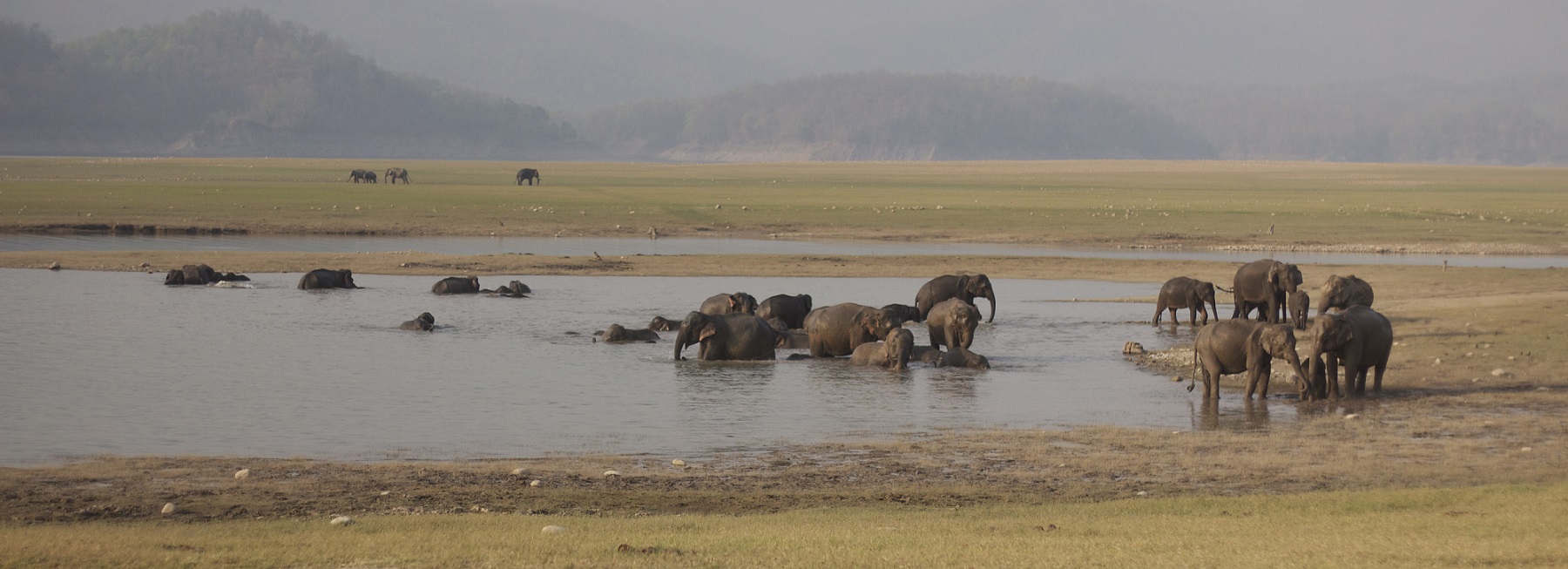Making way for tigers: decoding the relocation of people from India’s Protected Areas
Prerna Singh Bindra (2020) is a PhD student at St John’s College and the Department of Geography. Prerna has extensive experience as an environmental journalist and wildlife conservationist. In this article for The Eagle 2023 she talks about the impact of conservation-related relocations on humans and wildlife.
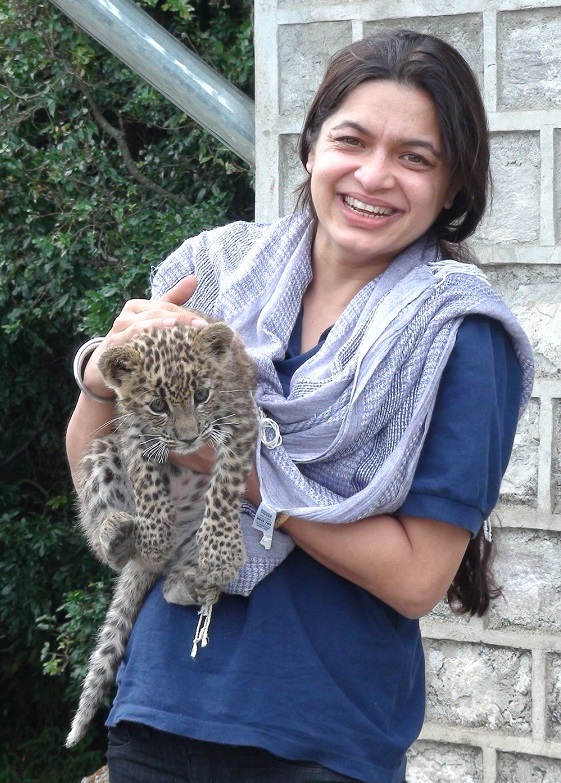
My first encounter with tigers was momentous: a tigress with three nearly full-grown cubs who draped themselves on all sides of the open jeep in which I sat dazed, dazzled and delighted as these charismatic predators blocked our exit route for over an hour. This was in Ranthambhore, one of India’s most famous tiger reserves in the western state of Rajasthan.
Now two decades ago, it marked a major milestone in my life. You can’t walk away from such an event unaffected, and it cemented my determination to work for the conservation of wildlife. A management graduate, I changed course, switching to journalism with the idealistic aim of highlighting conservation issues.
My stories took me to the most remote forests of the country, and my encounters with wildlife only deepened my love and commitment. I met with India’s only ape, the hoolock gibbon; the olive riddle turtles who nest on the eastern coast, and the Asiatic wild ass, which is endemic to the desert in Western India.

Like everywhere in the world, India’s wildlife is severely threatened by poaching, habitat loss and fragmentation. My work as a journalist exposed the poaching of rhinos in insurgent-ridden regions, tracked elephants rendered ‘refugees’ as mines and urbanisation wrecked their forests, and recorded the dramatic decline of one of the rarest birds on the planet – the great Indian bustard. Tigers dominated the news-scape and I followed their trail.
I witnessed the local extinction of tigers in certain parks, and the sustained efforts for their revival. Gradually I shifted to active conservation with a primary focus on conserving wild habitats. As part of various government policy-making bodies, I was engaged with safeguarding wild habitats from rapacious development activities. It was horrifying to witness how mining, dams, highways and infrastructure were wrecking tiger and elephant forests, and it was an uphill struggle to advocate for its protection.
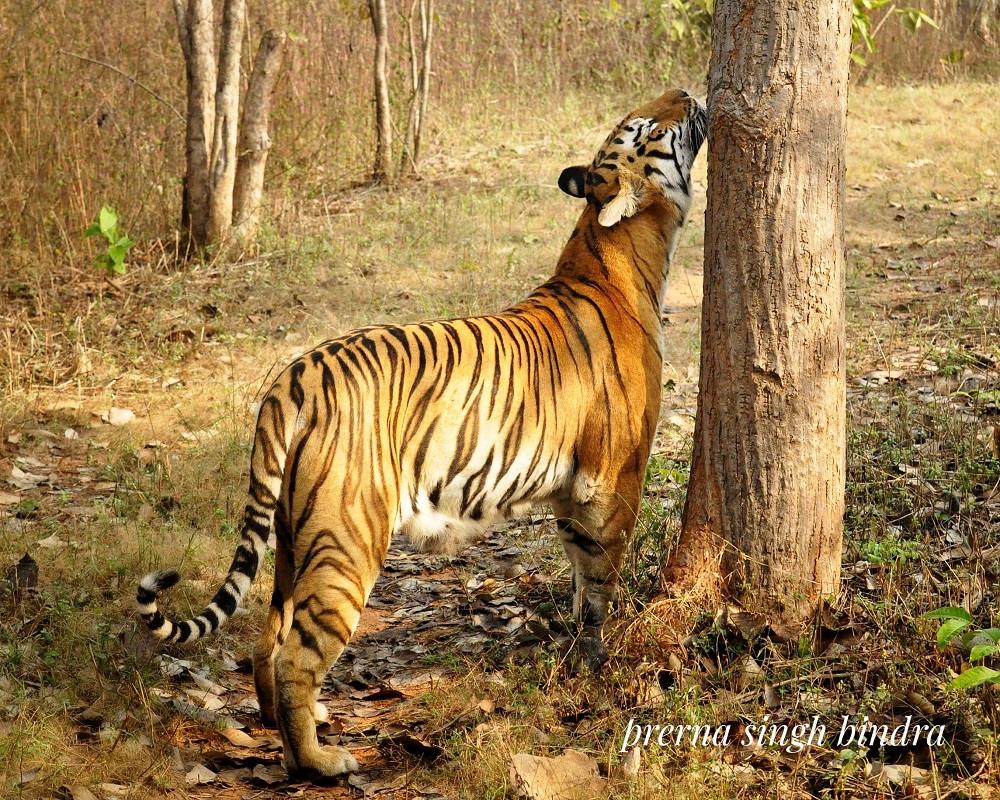
India is a highly biodiverse, densely populated country with over 1.4 billion people. Although it is one of the fastest growing economies, many people live below the poverty line, making conservation, especially of megafauna, a complex affair. Carnivores like tigers, leopards, wolves and snow leopards, and mega herbivores like elephants and the Indian bison are targets of conservation efforts, even while they continue to present a threat to crops, livestock and life. India’s people are remarkably accepting of these animals, but their tolerance is being tested by the severe losses they incur. An ‘elephant raid’ on crops can be devastating – I met a farmer whose entire harvest of bananas and his year’s livelihood was wiped out in one night by elephants. When a tiger preys on a cow, a family loses a vital source of income and nutrition. In retaliation wild animals are occasionally poisoned, killed by the laying of electric wires or even bludgeoned to death.
Millions live within and around Protected Areas (PAs), which cover about 5% of the landmass, and they are dependent on the forests for sustenance and their livelihoods. PA regulations restrict their access to grazing and natural resources. The unfortunate reality is that the burden of conserving wild animals is disproportionately borne by the people who live alongside them.
India has adopted varied approaches to conservation simultaneously. One approach is participatory conservation, through Joint Forest Management programmes. There are also efforts to integrate conservation and rural development projects, which involve creating livelihoods, and building minor infrastructure and community assets.

Conservation practice is largely exclusionary in the core area of tiger reserves. Villages are relocated to create inviolate habitats, based on scientific studies, which have established that wide-ranging animals like tigers require large, undisturbed areas in a connected PA network to sustain viable populations.
Such conservation-related displacement is practised worldwide; it is contentious and has been criticised for causing further impoverishment, landlessness and rootlessness.
In India relocation from tiger reserves is required to be informed, voluntary and incentivised, and it is intended to provide for the development of marginalised communities. However, dominant scholarship shows that there is a gap between policy and practice, and typically resettlements have been coerced and led to penury and marginalisation. I have seen this personally in some cases – the displaced, now landless and struggling to make a living, alienated in their new environment.
This is not the complete story, though. People living in remote reserves face a lot of hardship. PAs are governed by forest laws that regulate development within them, and communities staying inside rarely have access to good roads, quality education, hospitals or bazaars. I had followed the relocation of people from Bhadra Tiger Reserve in Southern India. Though initially apprehensive, all villagers moved out in 2001. On my subsequent visits I found that most of the relocated people had better economic wellbeing with access to good schools, job and small business opportunities, a fact collaborated by studies.
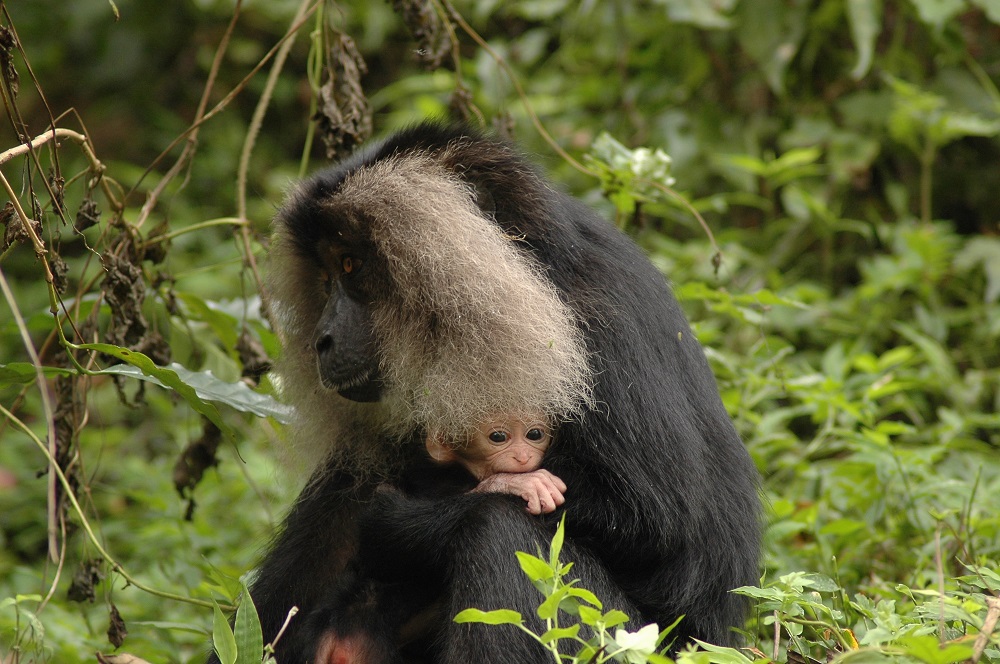
In 2010 I met Shibu, a young man who hailed from a small village in Wayanad Wildlife Sanctuary in the southern state of Kerala. He had travelled to India’s capital, Delhi, with a purpose: to petition the forest
minister and authorities to speed up the compensation scheme for their relocation.
‘We are cut off from the world. In monsoon [season] the rains make our village inaccessible. We live in fear of the animals, who also destroy our crops. Imagine, it takes us a day (going to the bazaar and
back) to get a litre of oil – and it could cost our lives if we met a tiger or an elephant on foot,’ he said, and invited me to see the situation for myself.
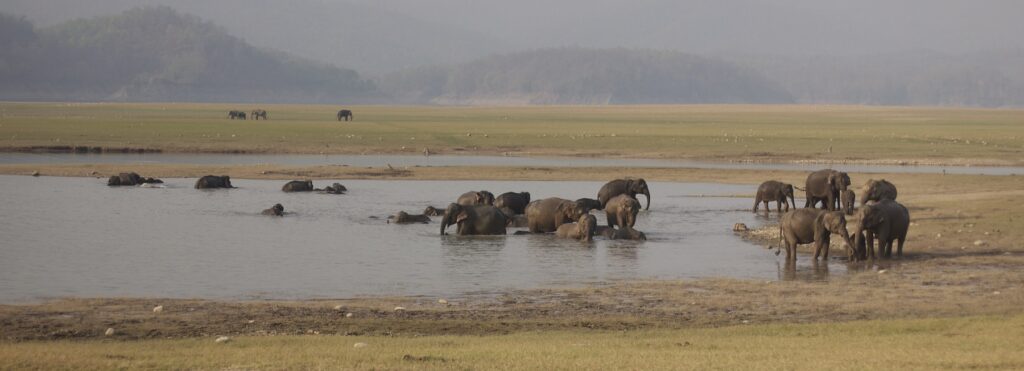
I eventually made my way to Wayanad in 2019 for my thesis as part of my MPhil in Conservation Leadership. I met with people staying inside the sanctuary. (I am still haunted by the grieving Appu Master whose young son was killed by an elephant as he walked back from school.) Shibu was teaching in a school in neighbouring Karnataka. His sister, who could not continue her education after she turned
eleven, because it was not considered very safe for girls to live in hostels in faraway towns, had now published a book!
It seemed that the move had empowered the people, especially the women – though this was certainly not universal. While it was uplifting to see a confident young woman ride to college on a bike – unthinkable inside the forest – it was acutely distressing to witness the suffering of others who felt uprooted and isolated and struggled to adjust to new ways of living.
After my MPhil I got the opportunity to pursue a PhD on conservation-related relocation. While I revisited Wayanad briefly, my focus is Tadoba Tiger Reserve in Central India. My research covers the impacts of relocation on the communities and the policy that governs the process, aiming to identify good practices and discover the lacunae. I have heard oral histories and the lived experiences of the affected people, and the peculiar challenges faced by the authorities who carry out the process.

There are 496 villages within tiger reserves in India that will potentially be relocated over time. I hope that my PhD findings will inform these resettlements and contribute to a more empathetic and just approach to such displacements.
My time in the field has been a period of learning and unlearning; it has been hard, tumultuous, exciting, humbling and wonderful. While I am yet to analyse the data, I can definitely say that the issue is complex and nuanced – a number of factors influence the outcomes, which differ even within the same geography.
As a researcher, and as a society, I feel it is imperative to record and listen to those who have made sacrifices, leaving their homelands to make way for tigers, while also giving a voice to the other, silent stakeholders: the wildlife struggling to survive in an increasingly fragmented landscape.

